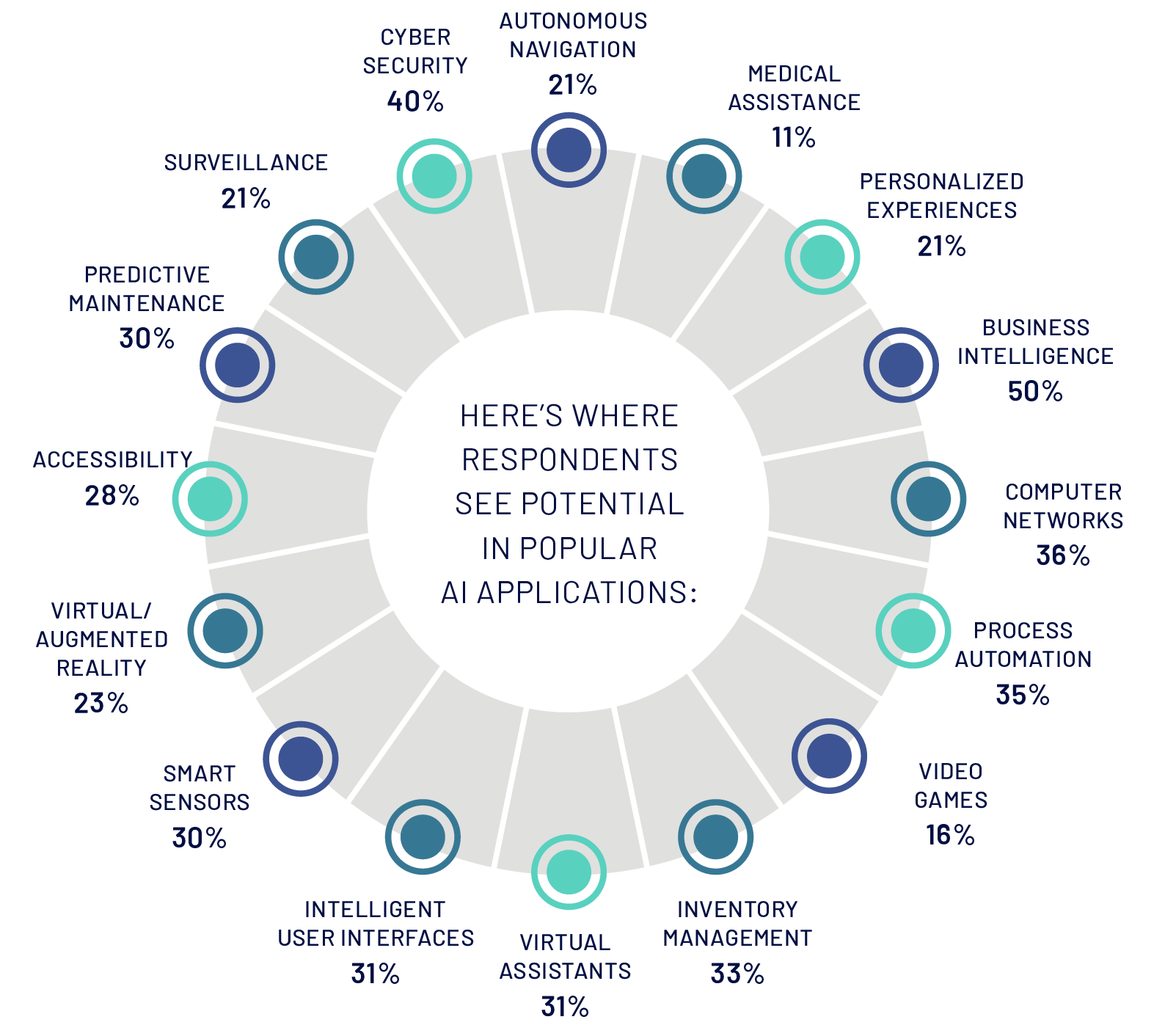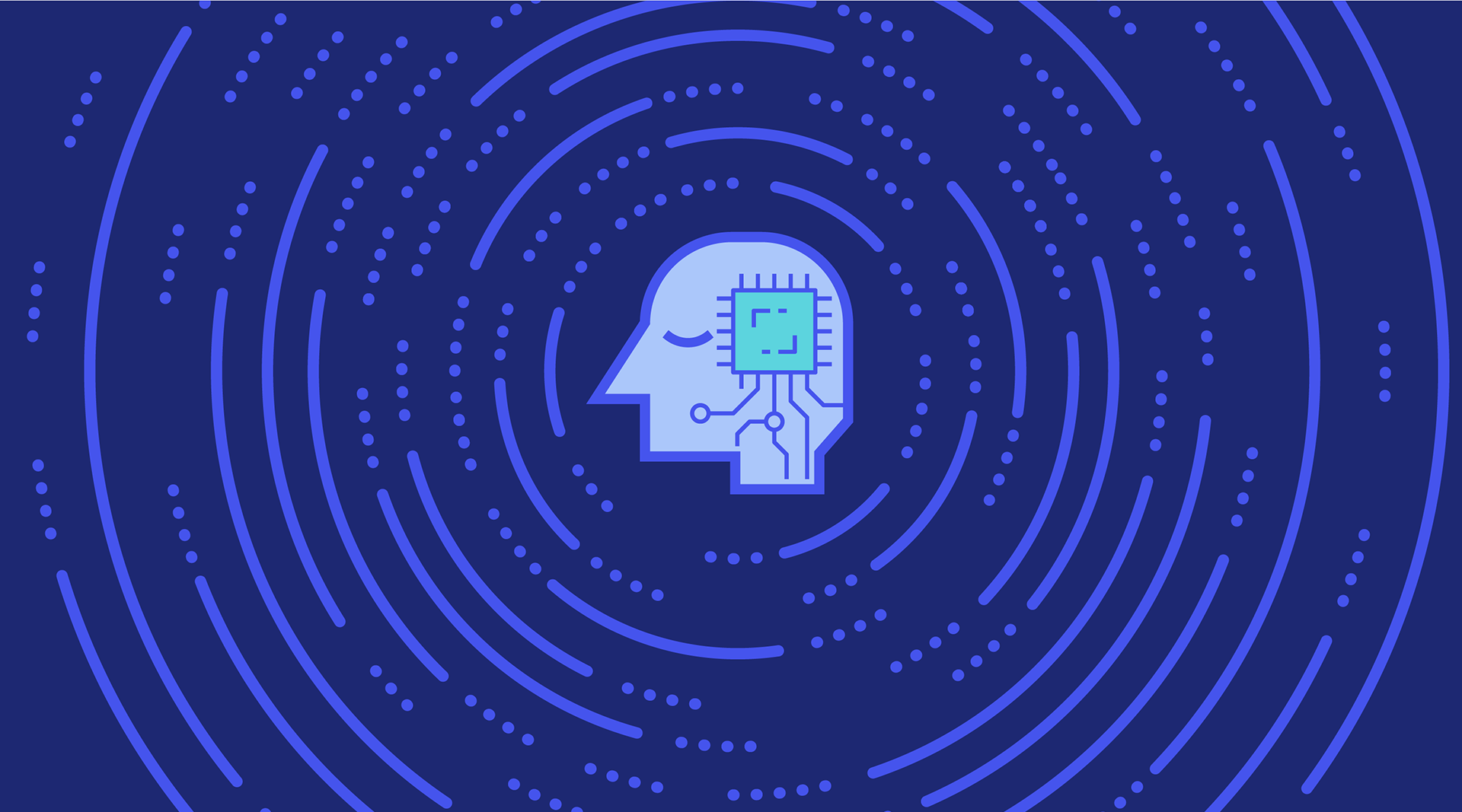Currently every manufacturer, whether realizing it or not, is in a state of liminal space – a term that suggests where we are right now is between what is no longer (a past way of doing things) and what is not yet (a new way of working that is not yet fully realized). We have a global pandemic to thank for this current state of liminal space, but the reality is that liminal space is never permanent. There are choices to be made regarding the direction you will go next.
If there are any silver linings to be found in this unprecedented disruption, it might be this: every manufacturer is afforded the same opportunity to rethink and retool where they want to go and how they will get there during this time between how we worked and the way we’ll work going forward. If ever there was a moment to take the Industry 4.0 ideals from battle cry to transformative action, now is the time.
The challenge for many manufacturers is how to make it happen.
Discovering what’s Possible with Digital Transformation
In 2019, Twisthink sought out leadership opinions by surveying organizations that are interested in and have already invested in artificial intelligence (AI) – one of the key enablers of digital transformation. One thing we were curious to learn was, which AI applications were perceived as having the greatest impact to businesses, understanding that there are many. The top response was business intelligence, with 50 percent of respondents acknowledging its impact. While business intelligence can mean different things to different people, ultimately what businesses leaders were saying was that they wanted to make better decisions with insights fueled by AI, and then improve products to inform their market strategies. But as the graphic below shows, it’s not the only place where leaders believe AI can make a difference.

Then we flipped the question on its head and asked: which high-level business goals will AI help your organization accomplish?
First, leaders said they wanted to use AI to improve operational efficiency; and second, they wanted to leverage AI to improve what already exists.
This one-two punch of practicality is a far cry from the nebulous ideas surrounding innovation that too often is associated with AI and digital transformation, which is exactly where a lot of businesses get stuck. They need proof and examples – the kind that feel less about radical innovation and more about practical application that can drive bottom line performance.
TWO EXAMPLES: AI sensors that improve operational efficiency
We remind businesses that it’s possible to put a sensor on anything and extract valuable data from it. What AI is best at is processing massive amounts of data – work that isn’t a good use of human capital – which affords people to engage in better decision-making. It’s just one reality of AI’s business potential.
Recently, we worked with two organizations with vastly different business models to realize the power of AI-powered sensors and improve operational efficiency.
- Flexco, a maker of conveyor belt cleaning solutions for the mining industry, wanted to minimize costly downtime and maintenance of mining conveyor belts from the continuous challenge of wear and tear from abrasive mining materials. By developing an AI sensor and protective housing that attaches directly to the belt cleaner, mining operations can remotely monitor overall conveyor belt and belt cleaner health using the wireless app and dashboard. This allows mining companies to go from reactive maintenance to proactive maintenance. With this new technology, they know when to replace or service belt cleaners and when technicians need to be deployed to hard to reach mining locations only when necessary.
- Charity: water, the non-profit organization that excels in drilling freshwater wells across the world, needed to find a way to keep the water flowing for villages where pumps have been installed. A pump that is inoperable has a costly downside including significant expenses to deploy repair teams. Nearly 30 percent of existing wells are not operable. Additionally, pumps need routine maintenance roughly once a year and broken pumps take, on average, four years to be replaced. By developing a digital and cloud-based solution, an AI sensor was embedded into the manufactured pump that is capable of monitoring water flow remotely, analyzing the data, alerting teams of pump issues, and scheduling proactive maintenance so communities can consistently have access to clean water in their communities.
The Ripple Effect
While these are worthy examples of embracing and acting on the potential of AI and Industry 4.0, there’s more to be gained. Gains that go beyond operational efficiency, improving existing processes and systems, or innovating outside the core business to realize new, untapped opportunities for growth. We call these gains the ripple effect of digital transformation and AI. And while they might seem subtle at first, they represent three overarching priorities that leaders want for their organizations. Here’s what digital transformation makes possible:
- It reinvigorates company culture.
This happens in multiple ways as digital transformation efforts signal a renewed desire to compete at new levels and to do things differently. By implementing various roles and responsibilities successfully, a culture of collaboration emerges; organizations begin working cross-functionally instead of operating through top-down hierarchies or in a silo; and a culture of trial and error becomes a more acceptable means of finding business solutions.
- It helps to attract top talent.
When talented contributors are regularly challenged with interesting work in a collaborative environment, they are emotionally engaged and more likely to stay at the company. In addition to employee retention, these types of projects attract top talent who are in search for challenging and rewarding work at a great company. For example, AI can do a lot of the necessary-but-mundane work to free up talent to take on more challenging work. That helps attract top talent by providing the cutting-edge work they desire and products they want to be developing.
- It creates a competitive advantage.
Culture and talent are significant advantages that can drive both innovation and bottom-line results. But to maintain that advantage means when other companies are coasting, yours is searching for what’s next. When analog solutions will suffice, you’re dialing up digital solutions. When competition looks to catch up, you’re ready for the next big leap. It’s the difference between being cutting edge rather than losing your edge. To gain an unfair competitive advantage is to elevate the desirability of the company among all stakeholders.
The pit stop in the race we’ve known as “Business As Usual” was unannounced and disruptive. Yet how companies come out of the pit stop and resume the race will be telling in the months to come. Some will want to go back to how things were. Others will simply follow the pack without a clear sense of where the pack is going. And then there are others that will run ahead, setting the pace and the direction for the future of business and manufacturing. They will have been the ones that used their time in liminal space anticipating what’s not yet here, but with an eagerness to lead in their industry. These are the companies that will provide the transformation proof about Industry 4.0.
Robert Niemiec is the Managing Partner at Twisthink where he manages business strategy, day-to-day team leadership and business development. Throughout his 15 years of entrepreneurial experience and 18 years of senior-level corporate experience, Robert has a proven track record of building high functioning, diverse teams that achieve success and deliver results.Robert earned his bachelor’s in mechanical engineering from Michigan Technological University and an MBA from University of Michigan Stephen M. Ross School of Business. Prior to Twisthink, Robert worked at Johnson Controls where he served as general manager and vice president of sales.In 2001, Robert created Twisthink as an experiment to test the belief in the value of twisting together the skills of design and technology for the purpose of innovation. For nearly 2 decades, Robert has been leading his team to serve Fortune 500 clients as well as entrepreneurial start-ups with speed and excellence. Some of Twisthink’s clients include Whirlpool, Stryker, Herman Miller, Crown Equipment, Lutron, and BISSELL.




